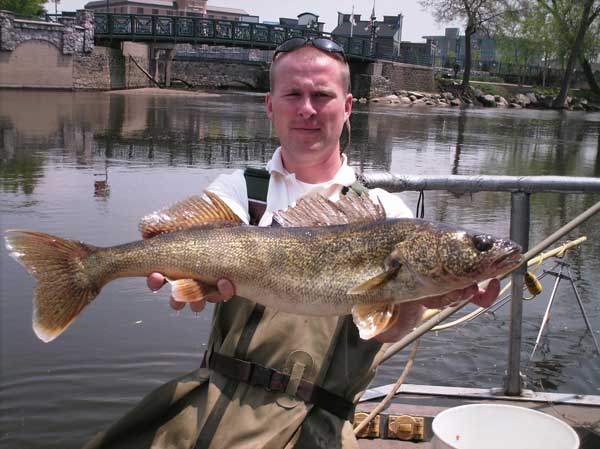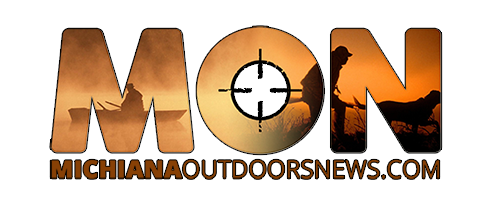- Details
(Provided by Indiana DNR)
Indiana wildlife officials have announced their proposed dates for this fall’s duck and goose season.
The regular-season waterfowl dates, as proposed to the United States Fish and Wildlife Service (USFWS) by the Indiana DNR, are listed below. The dates are not final until approved by the USFWS in mid- to late September. Look for another announcement around that time that will either confirm or amend these dates. Historically, they have been accepted as proposed.
- Details
The 2012 Indiana early migratory bird season dates have been submitted to the U.S. Fish and Wildlife Service by the Indiana DNR.
As in other years, these dates are not final until the USFWS approves them, which typically happens by the end of August. The season dates fall within the framework provided by USFWS, so no changes are anticipated. A later Wild Bulletin will notify you of approval or change.
- Details
 Walleyes in the Elkhart RiverWalleyes are coming to the Elkhart River.
Walleyes in the Elkhart RiverWalleyes are coming to the Elkhart River.
Elkhart biologist Dar Deegan shows off a nice walleye he captured below the Elkhart Dam during a fish survey. Deegan says there are walleyes like this in the Elkhart River and he hopes more will turn up in a few years after a planned stocking effort.
That’s the plan of the Elkhart River Restoration Association (ERRA), a non-profit group that hopes to stock 2,000 advanced fingerlings between Elkhart and Goshen and another 1,100 for the river above the Goshen Dam yet this fall.
The project hinges on whether a Wisconsin fish farm can produce the fish given this summer’s unseasonably warm weather.
- Details
The St. Joe Valley Bassmaster will conduct their 36th Youth Fishing Contest at Potato Creek State Park Aug. 11, 2012.
The event is free to boys and girls who will be divided in three age groups, 4-7, 8-11, and 12-14. The park will be charging an entrance fee.
- Details
People who use Indiana's lakes and reservoirs for recreation should be aware that blue-green algae blooms have the potential to cause health problems in humans and animals.
Blue-green algae blooms are a seasonal occurrence in some Indiana waters, fueled by summer heat, sunlight and fertilizer runoff from lawns and farms. Drought and low water levels in lakes and reservoirs can increase blue-green algae quantities and/or toxins.


